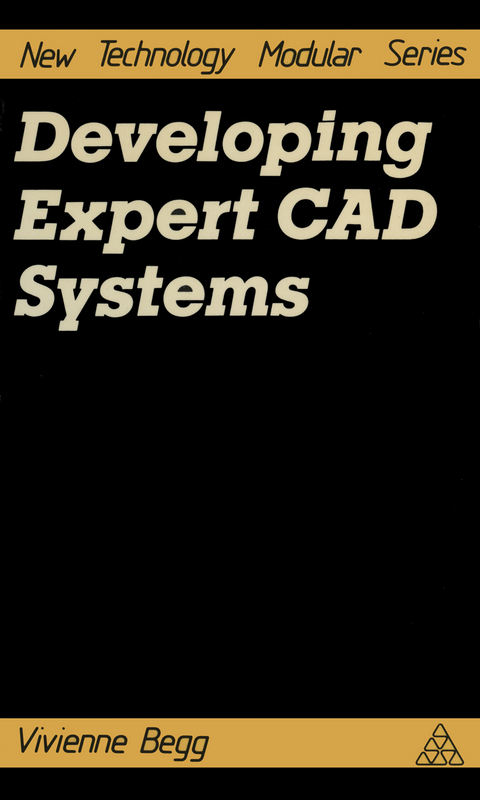
Developing Expert CAD Systems
Kluwer Academic Publishers (Verlag)
978-1-85091-298-9 (ISBN)
The importance of CAD to electronics technology Computer-aided design (CAD) is one way of coping with the problem of how to design and build very complex systems. This problem is particularly acute in electronics technology. Designs are now (1984) said to be design-limited, rather than technology-limited. It can take months to generate a design for a chip, so that it might be obsolete before it can be manufactured. Manual design of large-scale integration (LSI) chips (circa 10,000 gates) is almost impossible. However, using current technology it is possible to produce chips having 250,000 gates. It is understandable, therefore, that there is great interest in improving existing CAD systems. Designers of CAD systems are concerned with formalizing and automating as much of the design task as possible. Automating design of any kind has long been acknowledged as a project fraught with intractable problems. A human designer has to have an understanding of the nature of the materials used in manufacture, a knowledge of common problems and well-tried solutions, and above all, creativity in producing new designs. Understanding, knowledge and creativity are three properties even the most artificially intelligent of computer programs have been entirely lacking in until very recently. Some people would deny computers these qualities entirely, on philosophical grounds (eg Dreyfus 1979; Searle 1981). There are few theories in cognitive psychology which can help.
1: Introduction.- The importance of CAD to electronics technology.- The complexity of modern electronics design.- 2: What is CAD?.- The use of CAD.- Problems arising from the use of CAD.- The use of CAD in electronics design.- Conclusions.- 3: How is design carried out?.- The design process.- Circuit analysis.- Logic design.- Logic simulation.- Manual layout procedures.- Automatic layout routines - PCBs.- Automatic layout routines - ICs.- Design rule checkers.- Mask making.- Conclusions.- 4: What makes a good CAD system?.- Communication through the human-computer interface.- The CAD users’ needs.- Schemes of communication.- 5: Design representation.- Problem formalization.- Abstraction, decomposition and refinement.- Concepts of formal and informal knowledge.- 6: Techniques for electronics engineering from artificial intelligence.- The evolution of design methods.- Formal and informal decision-making procedures.- The problem-solving approach.- Design automation.- Building intelligence into design procedures.- 7: An ‘ideal’ CAD system.- Components of a system.- Basic structure and operation.- A sketch of a computer aid for specification.- The CONSULTANT interface.- Advantages of an intelligent CAD system.- 8: A summary.- References.
| Erscheint lt. Verlag | 30.6.1987 |
|---|---|
| Zusatzinfo | 118 p. |
| Verlagsort | Dordrecht |
| Sprache | englisch |
| Maße | 140 x 216 mm |
| Themenwelt | Informatik ► Weitere Themen ► CAD-Programme |
| Technik ► Maschinenbau | |
| ISBN-10 | 1-85091-298-X / 185091298X |
| ISBN-13 | 978-1-85091-298-9 / 9781850912989 |
| Zustand | Neuware |
| Haben Sie eine Frage zum Produkt? |
aus dem Bereich


